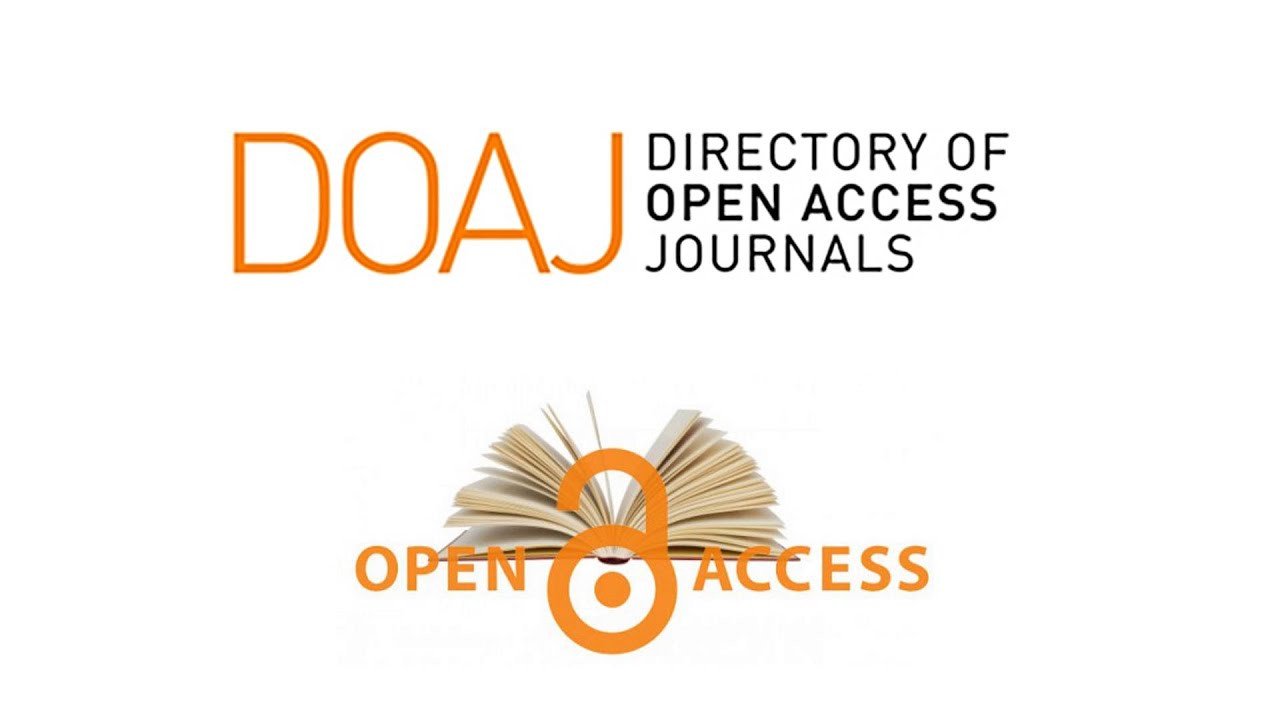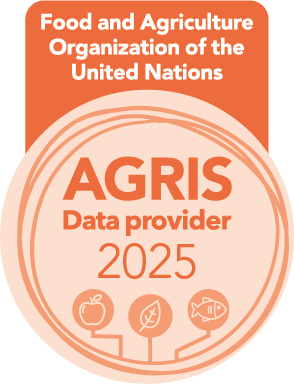Detection of Antibacterial Residues in two types of fish in Shatt Al-Arab river, Southern Iraq
DOI:
https://doi.org/10.58629/ijaq.v21i2.480Keywords:
antibiotics, Aquatic environment, Fish, Pollution, Shatt Al-ArabAbstract
The presence of Antibacterial in the aquatic environment is a major concern because of the effect of Antibacterial on water quality, aquatic organisms and human health. The current study aims to detect Antibacterial (Amoxicillin, Ciprofloxacin, and Levofloxacin)
Seasonally in the muscles and liver of two types of fish (Oreochromis niloticus) and (Planiliza abu) during the period from November 2020 to August 2021 in two selected stations in Shatt Al-Arab, Basrah, Iraq. The samples were analyzed using high performance liquid chromatography (HPLC), High concentrations of antibiotics were recorded in the muscles and liver of fish during the study period. The highest concentration of antibiotics Amoxicillin (AMO) was recorded in the muscles of Nile tilapia during the spring season (8.7 mg. kg-1). Antibiotic concentrations Ciprofloxacin (CIP) were also high in most seasons of the study. The presence of Antibacterial in the aquatic environment in such high concentrations is a source of great concern. The study recommends conducting more studies to measure Antibacterial contamination in other areas of the Shatt Al-Arab and the Iraqi marshes.
Metrics
References
Abdullah, A. D., Masih, I., van der Zaag, P., Karim, U. F.A., Popescu, I., & Al Suhail, Q. (2015). Shatt Al Arab River system under escalating pressure: a preliminary exploration of the issues and options for mitigation. International Journal of River Basin Management, 13(2), 215-227. https://doi.org/10.1080/15715124.2015.1007870
Al-Mahmood, H. K. H., Al-Sayaab, H. A., Al-Miahi, D. S. B., Mahmoud, A. B., & Mutasher, W. R. (2011). One dimensional model to study hydrodynamics properties for north part of Shatt Al Arab River (south Iraq). Basrah Journal of Science, 28(1), 1-14.
Bilal, M., Mehmood, S., Rasheed, T., & Iqbal, H. M. N. (2020). Antibiotics traces in the aquatic
environment: persistence and adverse environmental impact. Current Opinion in Environmental Science and Health, 13, 68-74. https://doi.org/10.1016/j.coesh.2019.11.005
Bojarski, B., & Witeska, M. (2020). Blood biomarkers of herbicide, insecticide, and fungicide toxicity to fish: A review. Environmental Science and Pollution Research, 27, 19236-19250. https://doi.org/10.1007/s11356-020-08248-8
Cheng, D., Liu, X., Zhao, S., Cui, B., Bai, J., & Li, Z. (2017). Influence of the natural colloids on the multi-phase distributions of antibiotics in the surface water from the largest lake in North China. Science of the Total Environment, 578, 649-659. https://doi.org/10.1016/j.scitotenv.2016.11.012
Cui, C., Han, Q., Jiang, L., Ma, L., Jin, L., Zhang, D., & Zhang, T. (2018). Occurrence, distribution, and seasonal variation of antibiotics in an artificial water source reservoir in the Yangtze River delta,
East China. Environmental Science and Pollution 58 Research, 25(20), 19393-19402. https://doi.org/10.1007/s11356-018-2124-x
Grenni, P., Ancona, V., & Barra Caracciolo, A. (2018). Ecological effects of antibiotics on natural ecosystems: A review. Microchemical Journal, 136, 25-39. https://doi.org/10.1016/j.microc.2017.02.006
Gros, M., Petrovi M. C., & Barcel, D. O. (2006). Development of amultiresidue analytical methodology based on liquid chromatography–tandem mass spectrometry (LC–MS/MS) for screening and trace level determination of pharmaceuticals in surface and waste waters, Talanta, 70(4), 678-690.
https://doi.org/10.1016/j.talanta.2006.05.024
Hamscher, G., Sczesny, S., Hoper, H., & Nau, H. (2002). Determination of persistent tetracycline residues in soil fertilized with liquid manure by high-performance liquid chromatography with electrospray ionization tandem mass spectrometry. Analytical Chemistry, 74(7), 1509-1518. https://doi.org/10.1021/ac015588m
Lee, S., Kim, C., Liu, X., Lee, S., Kho, Y., Kim, W. K., Kim, P., & Choi, K. (2021). Ecological risk assessment of amoxicillin, enrofloxacin, and neomycin: Are their current levels in the freshwater environment safe? Toxics, 9(8), 196. https://doi.org/10.3390/toxics9080196
Li, J. & Cui, M. (2020). Kinetic study on the sorption and degradation of antibiotics in the estuarine water: an evaluation based on single and multiple reactions. Environmental Science and Pollution Research, 27(33), 42104-42114. https://doi.org/10.1007/s11356-020-10194-4
Mahmood, A.R., Al-Haideri, H. H., & Hassan, F. M. (2019). Detection of antibiotics in drinking water treatment plants in Baghdad City, Iraq. Advances in Public Health, Article ID 7851354, 10pp. https://doi.org/10.1155/2019/7851354
Naveed, S., Sultana, N., Arayne, M. S., & Dilshad, H. D. (2014). A new HPLC method for the assay of levofloxacin and its application in drug-metal interaction studies. Journal of Scientific and Innovative Research, 3(1), 91-96.
Ngigi, A. N., Magu, M. M., & Muendo, B. M. (2019). Occurrence of antibiotics residues in hospital wastewater, wastewater treatment plant, and in surface water in Nairobi County, Kenya. Environmental Monitoring and Assessment, 192(1). https://doi.org/10.1007/s10661-019-7952-8
Qiao, M., Ying, G. G., Singer, A. C., & Zhu, Y. G. (2018). Review of antibiotic resistance in China and its environment. Environment International, 110, 160-172. https://doi.org/10.1016/j.envint.2017.10.016
Reddy, M. S., Mehta, B., Dave, S., Joshi, L., Karthikeyan, V. K. S., Sarma, S., Basha, G. R., & Bhatt, P. (2007). Bioaccumulation of heavy metals in some commercial fishes and crabs of the Gulf of Cambay, India. Current Science, 92, 1489-1491.
Thakare, R., Kesharwani, P., Dasgupta, A., Srinivas, N., & Chopra, S. (2020). Chapter 1, Antibiotics: past, present, and future. Pp, 1-8. In: Kesharwani, P., Chopra, S., & Dasgupta, A. (Eds.), Drug Discovery Targeting Drug-Resistant Bacteria. Academic Press. 407pp. https://doi.org/10.1016/B978-0-12-818480-6.00001-1
Torres, N. H., de Salles Pupo, M. M., Ferreira, L. F. R., Maranho, L. A., Americo-Pinheiro, J. H. P., Vilca, F. Z., & Tornisielo, V. L. (2017). Spatial and seasonal analysis of antimicrobials and toxicity tests with Daphnia magna, on the sub-basin of Piracicaba river, SP, Brazil. Journal of Environmental Chemical Engineering, 5(6), 428 6070-6076. https://doi.org/10.1016/j.jece.2017.11.031
Unutkan, T., Bakırdere, S., & Keyf, S. (2018). Development of an analytical method for the determination of amoxicillin in commercial drugs and wastewater Samples, and assessing its stability in simulated gastric digestion. Journal of Chromatographic Science, 56(1), 36-40. https://doi.org/10.1093/chromsci/bmx078
Downloads
Published
How to Cite
Issue
Section
License
Copyright (c) 2024 Iraqi Journal of Aquaculture

This work is licensed under a Creative Commons Attribution 4.0 International License.










